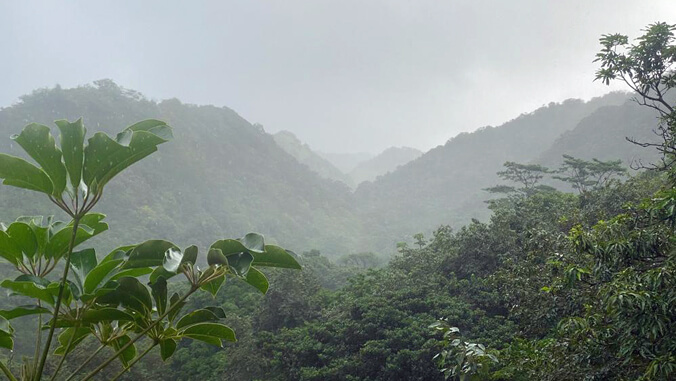The accuracy of rainfall maps is critical in climate and hydraulic modeling, and it aids in environmental management decision making, water resource planning, and weather forecasting. Using machine learning, researchers from the University of Hawaii and the East-West Center created more accurate monthly rainfall maps. Machine learning, according to IBM, is a branch of artificial intelligence (AI) and computer science that focuses on using data and algorithms to mimic how humans learn, gradually improving its accuracy.
A team of researchers used a machine learning technique to detect erroneous rainfall maps in a study funded by the National Science Foundation’s Hawaii EPSCoR Ike Wai project. This study’s findings were recently published in the Journal of Hydrometeorology.
This approach demonstrates how a low-level machine learning algorithm can be used to train, evaluate, and classify an unrealistic map output with a moderate amount of data, stated lead author Matthew Lucas, UH Water Resources Research Center’s climate data analyst.
This enables minor corrections to automated interpolation (the process of calculating an approximate value based on previously known values) that can result in a much more accurate and realistic map of rainfall spatial patterns. If this workflow can work in Hawaii, with its extreme climate gradients, it can certainly work elsewhere.

This discovery was made with the help of computational resources from Mana, the UH high-performance computing cluster, during the development of the Hawaii Climate Data Portal (HCDP), which was made public in March. The online portal provides an innovative automated solution that works well and maintains overall map accuracy.
The research produced high-resolution, gridded monthly rainfall time series data for the state of Hawaii spanning 30 years. Rainfall maps are available from 1990 to 2019 and are based on data from over 600 weather observation stations located throughout the islands.
Having a wide range of gridded products will allow researchers to develop important decision support for the state like fire, flood, and drought risk, as well as early warning systems,” said co-author Ryan Longman, an Oceania research fellow at the East-West Center.

With near-real-time access to high-quality rainfall maps, researchers can spend less time processing data and more time answering important questions that can help us better understand and adapt to changing environmental conditions.
In addition to continuing to improve current climate data products, researchers are working on methods to automate the production of daily rainfall maps and other gridded climate products for the state of Hawaii. All data products are available for public visualization and download via the Hawaii Climate Data Portal.













